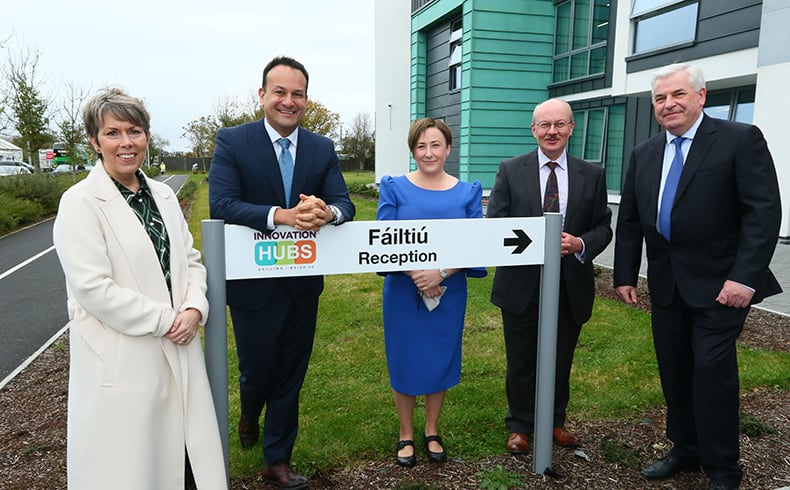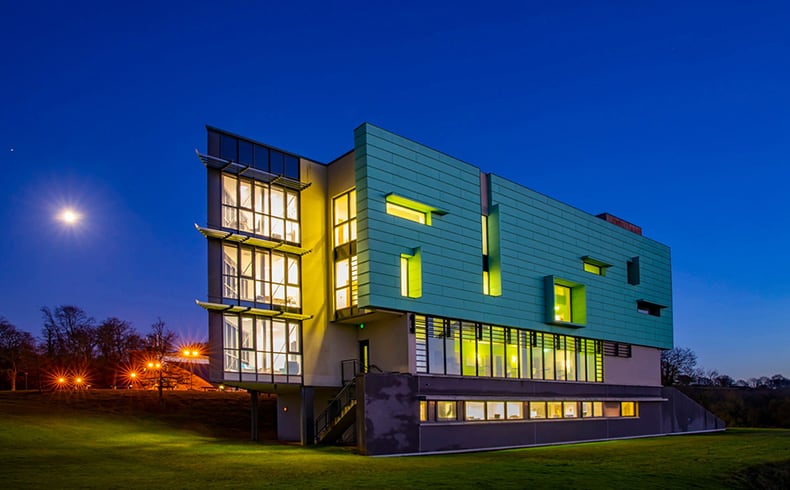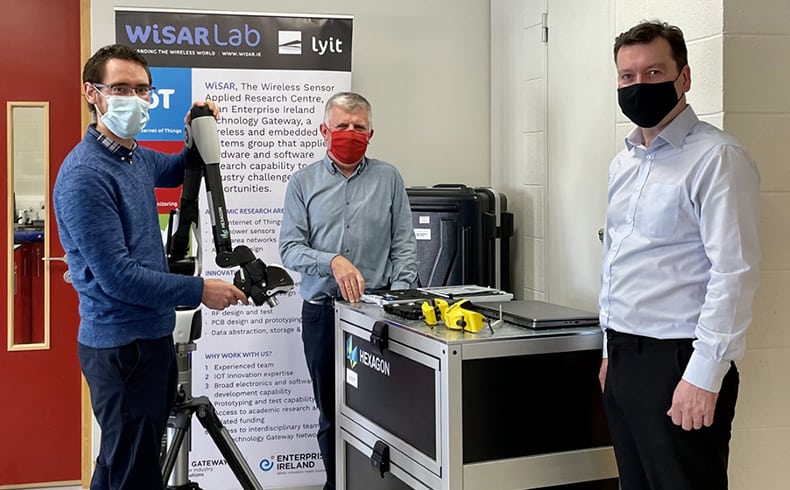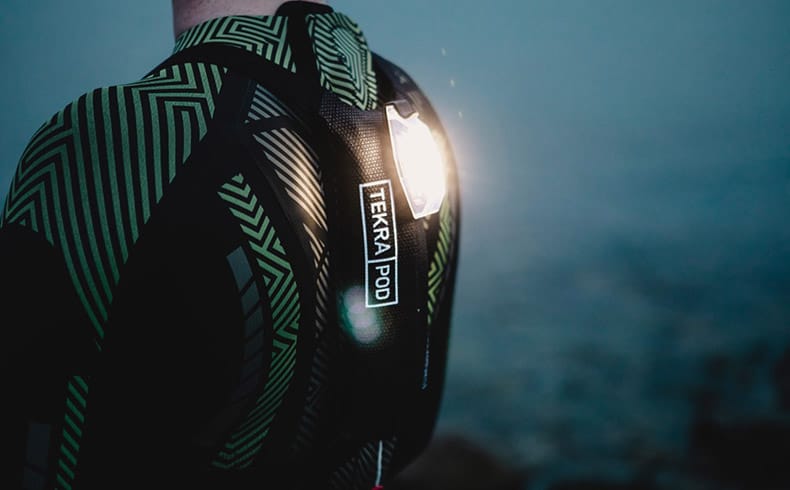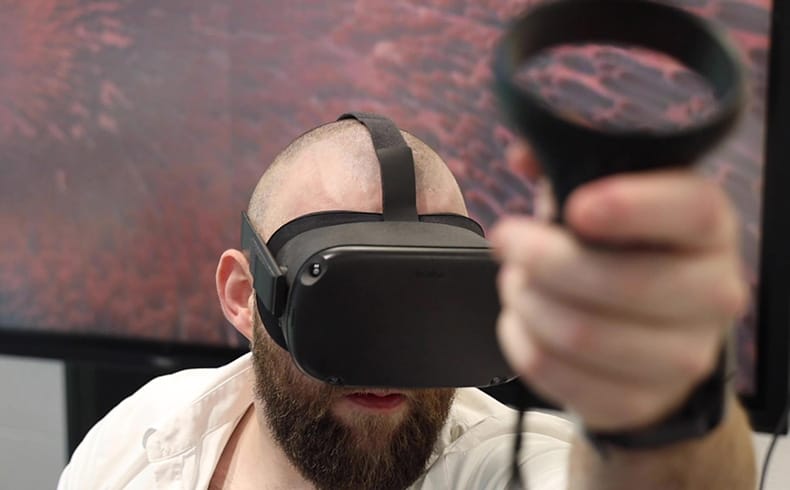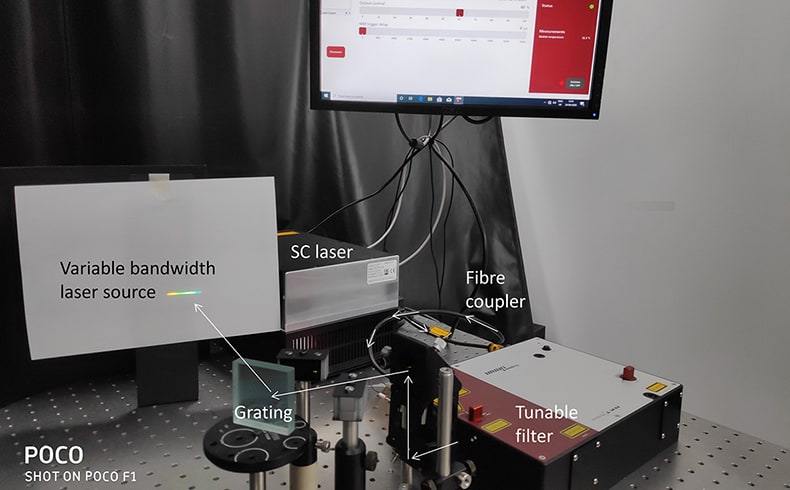New Extension to GMIT iHUB and MET Medical Imaging Suite Formally Opened
An Tánaiste and Minister for Enterprise, Trade and Employment Leo Varadkar visited GMIT Galway on Friday, 5 November 2021 to formally open the new extension to GMIT’s Enterprise Ireland funded Innovation Hub (iHub) and new MET Medical Imaging Suite at the Galway (Dublin Road) campus. Mr Varadkar was welcomed to the campus by GMIT President …
New Extension to GMIT iHUB and MET Medical Imaging Suite Formally Opened Read More »
